- News
- Reviews
- Bikes
- Components
- Bar tape & grips
- Bottom brackets
- Brake & gear cables
- Brake & STI levers
- Brake pads & spares
- Brakes
- Cassettes & freewheels
- Chains
- Chainsets & chainrings
- Derailleurs - front
- Derailleurs - rear
- Forks
- Gear levers & shifters
- Groupsets
- Handlebars & extensions
- Headsets
- Hubs
- Inner tubes
- Pedals
- Quick releases & skewers
- Saddles
- Seatposts
- Stems
- Wheels
- Tyres
- Tubeless valves
- Accessories
- Accessories - misc
- Computer mounts
- Bags
- Bar ends
- Bike bags & cases
- Bottle cages
- Bottles
- Cameras
- Car racks
- Child seats
- Computers
- Glasses
- GPS units
- Helmets
- Lights - front
- Lights - rear
- Lights - sets
- Locks
- Mirrors
- Mudguards
- Racks
- Pumps & CO2 inflators
- Puncture kits
- Reflectives
- Smart watches
- Stands and racks
- Trailers
- Clothing
- Health, fitness and nutrition
- Tools and workshop
- Miscellaneous
- Buyers Guides
- Features
- Forum
- Recommends
- Podcast
review
£739.99
VERDICT:
Vastly capable sports smartwatch let down by complexity, ineffective solar charging and challenging battery management
Huge range of functions and sensors
Very rugged build
Quick-release straps
Great turn-by-turn navigation, and ability to sync external sensors like satellite, power and heart rate devices
Bewildering user interface
Poor software update strategy/support
Solar charging function disappointing (and £140 extra)
Weight:
85g
Contact:
At road.cc every product is thoroughly tested for as long as it takes to get a proper insight into how well it works. Our reviewers are experienced cyclists that we trust to be objective. While we strive to ensure that opinions expressed are backed up by facts, reviews are by their nature an informed opinion, not a definitive verdict. We don't intentionally try to break anything (except locks) but we do try to look for weak points in any design. The overall score is not just an average of the other scores: it reflects both a product's function and value – with value determined by how a product compares with items of similar spec, quality, and price.
What the road.cc scores meanGood scores are more common than bad, because fortunately good products are more common than bad.
- Exceptional
- Excellent
- Very Good
- Good
- Quite good
- Average
- Not so good
- Poor
- Bad
- Appalling
The Garmin Fenix 6 Pro Solar is one of the world's most capable and advanced smart sports watches. With a huge array of functions and military-grade ruggedness, it will do more than you could likely imagine. Unfortunately with capability comes complexity and hard-to-manage battery life.
The Garmin Fenix series of smartwatches can be seen across the sporting world in use by every sort of athlete. With only 8% of the overall smartwatch market, Garmin is nevertheless seen as the go-to device for connected outdoors data. Its reputation for great cycling devices and approach to integration make it a sensible choice for cyclists looking to branch out into other sports, or to double down on their technology brand choice.
> Find your nearest dealer here
If you visit the Fenix page on Garmin's website you'll be presented with a bewildering array of activities and information it can display, from mountain bike 'grit' and 'flow' to looming bad weather to the number of burpees to do next (complete with animated explanation of what a burpee is). Being a 'smartwatch', the possibilities for the display and connection of devices is pretty much endless. There's no way in even 10,000 words I could cover all the options, so I'll focus instead on a section of the cycling functionality, and in particular navigation – as I see this being the main reason you might want to purchase a Fenix 6 Pro Solar.
The Fenix can access the US GPS, the European Galileo and the Russian GLONASS satellite systems. Read the full technical and feature specification here.
Bike mount
Firstly, for bike use you'll really be wanting the £27 Quarter-Turn Bikemount. A watch this chunky and heavy (85g) is quite noticeable on the wrist – particularly over rough ground or when you are riding with your wrist bent, like on the tops or gripping a flat handlebar. The Bikemount is a plastic bracket that fits to any existing Garmin mount (the basic handlebar mount is included along with rubber rings).
The Fenix wristband is easy to remove without tools by triggering a small catch under the band. This leaves the pins free to engage with the mount, the watch snapping into place with a solid click. Once there it's not coming out, even over the roughest of trails, so you can ride assured it's safe.
It's expensive for a small bracket, though, and annoyingly Garmin includes three of different sizes in the pack. The Fenix comes in three sizes (this is the middle 42mm version) so you're left with two mounts to share/sell/recycle. Can definitely do better there, Garmin. Raceware Direct sells Fenix mounts for £18, not including the Garmin mount.
The wristband itself is serviceable enough, but I found it caught my arm hair something shocking. Fortunately a huge range of aftermarket straps are available.
Niggles
Smartwatches work best paired to a phone, but I did experience issues getting the Garmin Connect app to see the watch once paired. Garmin doesn't list this basic problem-solver, but the way to get your phone to see the watch if it's missing is to delete it from your phone's Bluetooth list and re-add. Suffice to say, I got to know my way around the Garmin support forums rather well.
While on the issue of Garmin support, you should immediately turn off automatic software updates. Halfway through what had been a successful test period Garmin sent out an update that broke much of the watch's connectivity and HRM functionality – and it took two months to get a new version released that fixed the issues. During this time the watch was basically unusable for anything besides being a watch, and despite asking Garmin's support operatives multiple times I only learned of the new software by trawling the Garmin forums. Not a great customer service experience, and Garmin really could learn a lot here.
One of the most useful non-sporty features of smartwatches for me is contactless payment, but the Garmin Pay ecosystem doesn't support either of my banks (HSBC/Barclays) and at the time of writing the only mainstream bank included is Santander.
Charging
The Fenix is charged via an 18-inch USB-A cable, with a proprietary connector that clicks into the back of the watch. This means you can't wear or mount the watch and charge it at the same time, but the battery life is long enough that this really shouldn't be an issue with good management.
Charging takes about 2.5 hours from flat, drawing just 0.13A in the process. While this is a trifling amount, you may find it is an issue out in the wilds because some power banks will auto-shut off below certain current flows – as did the SKS Compit+ after about 30 minutes charging.
Whilst charging, the display tells you the percentage and how many days estimated use remains for the watch's app setup. Given the watch battery only holds about 350mAh, topping it up isn't going to kill even a small powerbank.
A flagship benefit of the Fenix 6 Pro Solar is the 'Solar' bit, but you're paying an extra £140 for getting maybe 5-10% improved battery life, even in bright sunlight with the watch on the handlebar all day. Or you could see no noticeable difference at all. Chances are, if you are relying on the solar boost to complete a ride, you've really mucked up your charging routine.
Apps and accessories
One of the major challenges with the Fenix is which apps and connectivity to enable for which tasks. There's an included app called 'Power Manager' which allows you to create various profiles to customise what's connected, when. For example, in an ultra-low-power consumption mode you could turn off WiFi, music sync/stream, phone sync, the heart rate sensor under the watch and so on.
Using this process I was able to extend the battery life from about a week to 18 days with basic sports and nav features, and a whopping 40 days in pure 'watch only' mode. If you have GPS recording turned on and are listening to music over Bluetooth headphones, expect just 8-10 hours of life. As a typical use case, after two days of wearing the Fenix all the time, sleep tracking, with WiFi on and phone alerts enabled, it was down to 50% – so if you are a full-on user expect to be charging it every few days for an hour or so.
I paired the Fenix with both Bluetooth and Ant+ heart rate straps for use off the wrist, and experienced no issues. I'm a Whoop heart rate/sleep tracking wristband user, and used that most of the time to get heart rate data to the Fenix when on the bike. Comparing the Fenix HRM with the Whoop sensor, both were within a few beats of each other and were similarly slower to react to efforts on the turbo than a chest strap – it takes a while for blood to get to your wrists, obvs.
Another accessory I used was a set of Jaybird Run Bluetooth headphones. They paired easily, and the sound quality was good. I installed the Spotify app and synced a few playlists – annoyingly, you cannot multitask away from music sync and have it continue to download, so best to do while charging. The Fenix holds around 2,000 songs, and there are many other audio apps including podcast managers, free and premium. Expect sync time to be really slow, mind – like several minutes per album.
My final paired accessory was a Garmin InReach Mini GPS communicator. This tiny miracle fits into a closed fist and weighs 100g, yet can talk to satellites 780km out in space. Stashed in a pocket or bikepacking bag (near the top) it's out of the way and not taking up handlebar space. The paired Fenix can then be used to send the free preset 'I'm OK/late/dying in a tree' customisable messages to friends and family or an actual SOS alert that will summon Mountain Rescue, and can also display inbound messages. This was handy to keep my wife updated on progress when on the move out in the remote Cairngorms, where this sort of device really is a godsend for peace of mind and safety.
The Fenix can pair with Garmin's Vector power-reading pedals and various other Garmin accessories, as you'd expect, so you are pretty much covered for any sport metric it supports.
The Fenix includes 'Incident Detection' which, when connected to a phone and in coverage, can send a message to family/friends that you've had an off through detection by the gyroscope and accelerometer.
You can also share your location constantly using 'Live Tracking', so others can watch your progress.
Also safety-related, the barometer in the Fenix can give you alerts of impending bad weather by detecting sharp drops in atmospheric pressure. This may sound like a gimmick, but if you are far from mobile coverage for long days, having advance warning can help with clothing choice and other trip plans. I confess it was a bit exciting to hear the loud storm alert trill when it went off.
If you are a Strava Pro subscriber you can sync select segments using the Garmin Connect app and be given real-time KOM or PR-chasing analysis of whether you are on track for the crown/PR or lagging sadly behind. When these did pop up the competitive idiot in me did leap to the task, but inevitably fell short – no fault of the Garmin, but fun and motivating nonetheless.
Navigating
My main reason for wanting the Fenix on a bike was for turn-by-turn navigation guidance, removing the need for a mobile phone on the handlebar with the associated clutter and risk of damage/battery drain. In this regard, I rate the Fenix highly – in rural areas; about town the display lags your position by too much to be useful where there are many streets and turns in close proximity.
Somewhat annoyingly, if you start a planned loop partway along instead of at the start, once at the original end point you cannot restart the course to finish without stopping and saving the track, thereby splitting it. This will cause great consternation among ride data geeks.
The act of uploading a GPX route to follow is pretty simple from a phone. I use the rather excellent Viewranger app to plot and manage my routes, and getting a route from Viewranger into the Fenix is easy. In Viewranger you click Share As GPX > Garmin Connect > Save. Then you Open Course > Send to device > Sync. To follow the new course, click the Red button > Navigate > Courses > Select Course – easy. And critically, with no reliance on having an internet connection, if you can plot the route (or if you have it saved as a GPX on your phone already) you can get it onto the Fenix.
> GPS cycle route planning made easy – how to plan and follow a bike route
This ability to transfer from phone to watch meant that on-the-fly replanning of long, complex routes out in the middle of nowhere was a doddle. If your plans change you can edit or create a whole new route covering an entire day's riding in the time it takes to drink a coffee. This might sound trivial, but the alternative could be 100 miles of endlessly referring to a zoomed-in/zoomed-out map to make sure you are on track at every one of a hundred intersections, badly breaking the flow of riding, draining your phone battery and slowing you down.
The default Garmin map will almost certainly not show you good enough off-road trail detail, but fortunately there are freely available alternatives like the excellent OpenStreetMap-based TalkyToaster map. I found this more than good enough for rides across rural Highlands wilderness.
Battery life
My experience of doing long multi-day rides using the Fenix as a navigation and GPS/heart rate recording device is that you'll get roughly two days travel out of it. So if you're going on a two-day ride, pack the charging cable and use it overnight to be safe. As an example, doing the 200km Cairngorms Carousel gravel/mountain bike/hikeabike loop, the Fenix performed flawlessly but died 30 minutes from the end after 13 hours of riding. If you're bikepacking, chances are you're carrying a battery pack already, so adding in the 14g charging cable isn't going to slow you down any.
Conclusion
At £740 for the solar version (or £600 for the standard), the Fenix 6 Pro is quite a niche use-case device. You'll either really want smartwatch features like notifications, health tracking and so on, or the ability to leave your phone behind but still have navigation, heart rate and music/podcasts. If you just want navigation and heart rate on a bike, and to be able to update routes by creating and exporting GPX files to your device, then a far cheaper traditional bike computer device will do.
As I use a Whoop wristband for health tracking (activity and sleep) and its battery life is a consistent five days, with a much smaller form factor, I don't see the Fenix replacing it for that functionality. I looked into the Garmin sleep/health tracking and reporting features, but Garmin still has a way to go to make them really user-friendly and justify not paying a Whoop subscription, and the impact on battery life of tracking sleep using the Fenix is considerable.
> Buyer’s Guide: 15 of the best cycling GPS units
Looking at other smartwatches we've tested on road.cc, if you are after on-screen mapping and navigation functionality, the Ticwatch Pro 3 can run Viewranger, but battery life isn't great and you can't pair the load of external sensors and devices supported by Garmin. For less than half the Fenix price you can get the Suunto 5 watch, but again no ANT+ support, only half the battery life, limited connectivity and a lower-res display.
Garmin tends to throw the kitchen sink at devices like the Fenix, and the result is a bewildering array of options that require many, many hours of study to correctly enable and manage. Add on the general smartwatch customisations and even after months of daily use I feel the Fenix could be better, that it could be giving me more information with longer battery life. I feel I've reached a setup stasis where it does what I need regarding navigation/data, and that's fine. Notifications are nice to have instead of picking up the phone, but I can't say they're a gamechanger. And no, the solar charging is not worth the extra £140.
In summary, if you want one device that will do smartwatch, health tracking, long-day PC-free navigation, and be compact, quick to charge and more or less infinitely customisable, the Fenix 6 Pro might be for you. Save £140 and go for the non-solar version, though.
Verdict
Vastly capable sports smartwatch let down by complexity, ineffective solar charging and challenging battery management
road.cc test report
Make and model: Garmin Fenix 6 Pro Solar
Size tested: One size
Tell us what the product is for and who it's aimed at. What do the manufacturers say about it? How does that compare to your own feelings about it?
It's for people wanting the best-possible sports metrics, navigation and smartwatch functionality in one.
Garmin says:
Featuring a Power Glass™ solar charging lens and customisable power manager modes, this smartwatch can stay on and be performance-ready for weeks.
Get a battery boost from the sunlight, so you can go longer between charges.
How is your body holding up? Wrist-based heart rate1 and Pulse Ox2 will let you know.
Need running pace guidance that knows the terrain? Check out the PacePro™ feature.
Navigate every adventure with TopoActive Europe maps right on your wrist.
Music on your wrist, and no phone weighing you down.
Leave the cord at home. Solar charging lets you get up to 14 days of battery life – and then some!
Tell us some more about the technical aspects of the product?
See https://buy.garmin.com/en-GB/GB/p/702902/pn/010-02410-11#specs
Rate the product for quality of construction:
10/10
Excellent.
Rate the product for performance:
7/10
Really focused on battery here – could/should be better.
Rate the product for durability:
9/10
Rate the product for weight (if applicable)
7/10
Worn as a watch, it's fine.
Rate the product for comfort (if applicable)
7/10
The strap really does rip at your arm hairs when putting it on and sliding the bands around. Otherwise comfy.
Rate the product for value:
4/10
Many cheaper options exist that may well suit your needs. Also, £740 for the solar version... go for the non-solar one at £600.
Tell us how the product performed overall when used for its designed purpose
Aside from software updates going wrong, pretty much flawlessly.
Tell us what you particularly liked about the product
The ability to have super-compact, all-day turn and map navigation on the handlebar.
Tell us what you particularly disliked about the product
The overall complexity. It's baffling. The software needs a jolly good Apple-ising.
How does the price compare to that of similar products in the market, including ones recently tested on road.cc?
There's no denying it, the Fenix 6 Pro Solar is about the most expensive sport smartwatch you can buy. Many cheaper options exist that may well suit your needs.
Did you enjoy using the product? Yes
Would you consider buying the product? Not really.
Would you recommend the product to a friend? Yes, but with caveats.
Use this box to explain your overall score
I rate the Fenix 6 Pro Solar as 'Good' with the use case in mind of wanting a capable smartwatch that can also do advanced health and sport metrics, but critically all-day turn-by-turn navigation. The solar charging is pretty much pointless, mind.
About the tester
Age: 47
I usually ride: Sonder Camino Gravelaxe My best bike is: Nah bro that's it
I've been riding for: Over 20 years I ride: A few times a week I would class myself as: Expert
I regularly do the following types of riding: cyclo cross, general fitness riding, mtb, G-R-A-V-E-L
Living in the Highlands, Mike is constantly finding innovative and usually cold/wet ways to accelerate the degradation of cycling kit. At his happiest in a warm workshop holding an anodised tool of high repute, Mike's been taking bikes apart and (mostly) putting them back together for forty years. With a day job in global IT (he's not completely sure what that means either) and having run a boutique cycle service business on the side for a decade, bikes are his escape into the practical and life-changing for his customers.
Latest Comments
- slc 34 min 46 sec ago
How about requiring all driving to be monitored using technology that has been available for at least 10 years? ...
- GMBasix 35 min 40 sec ago
Your shadow in London will be shorter
- Rendel Harris 1 hour 1 min ago
Well it would be irresponsible enough if there were only cars and buses, if there are going to be "cars, buses and traffic" that's just suicidal...
- UnholyGoatFeet 1 hour 11 min ago
It's always the same... People who don't even ride bikes, are the one's crying about change too there precious roads. Let's not bother asking...
- Cycloid 1 hour 15 min ago
There are two British Standards for HiVis Garments BS EN 471 and BS EN 1150. The BS EN 1150 standard is designed for personal / leisure wear and is...
- OnYerBike 2 hours 18 min ago
The difference would be the administration of a (potentially) "noxious substance" (in the eyes of the law) to the thief....
- Hirsute 3 hours 5 min ago
Sure but you can use hire purchase, 0% finance, PCP and lease for arrangements - hence lease being a bit specific. Still 90% on some finance...
- GMBasix 3 hours 16 min ago
I get all faint from time to time. I do hope it doesn't happen when I've just got my keys out.
- Mybike 3 hours 35 min ago
Knowing the Orange man this might be true .



















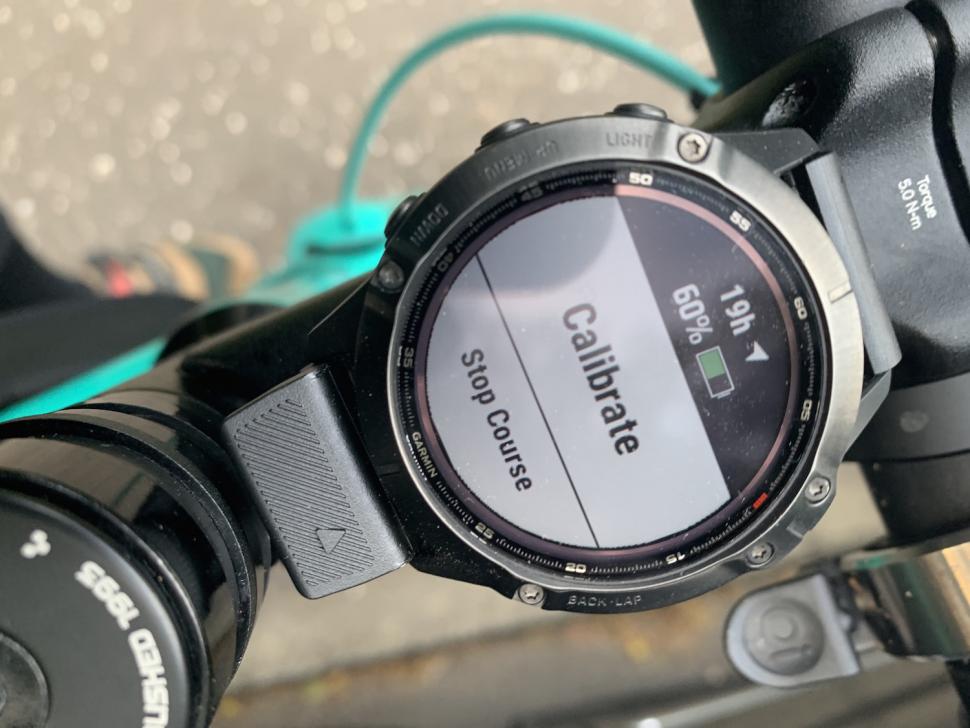
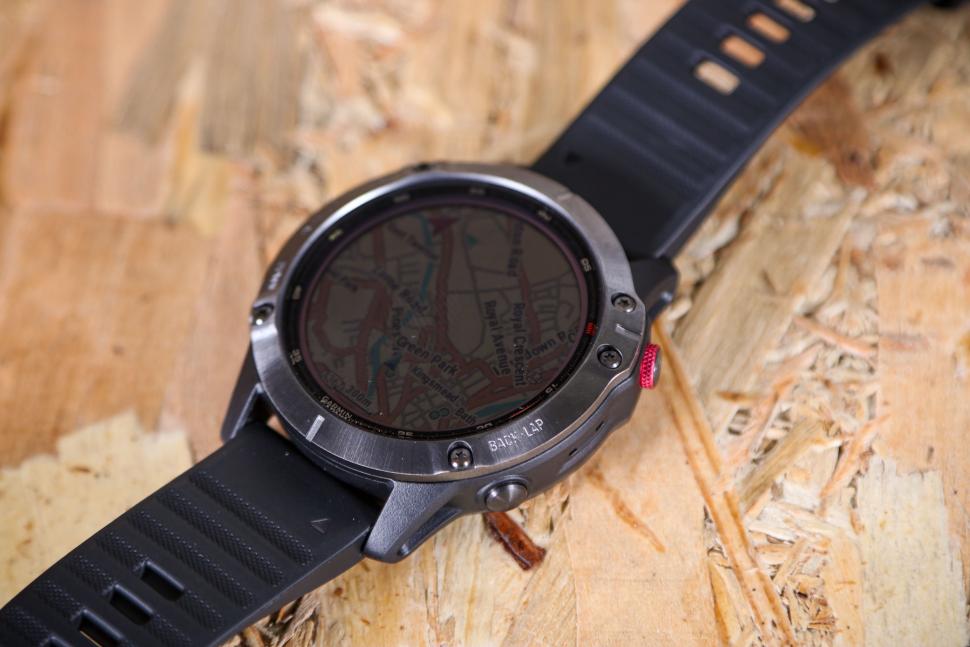
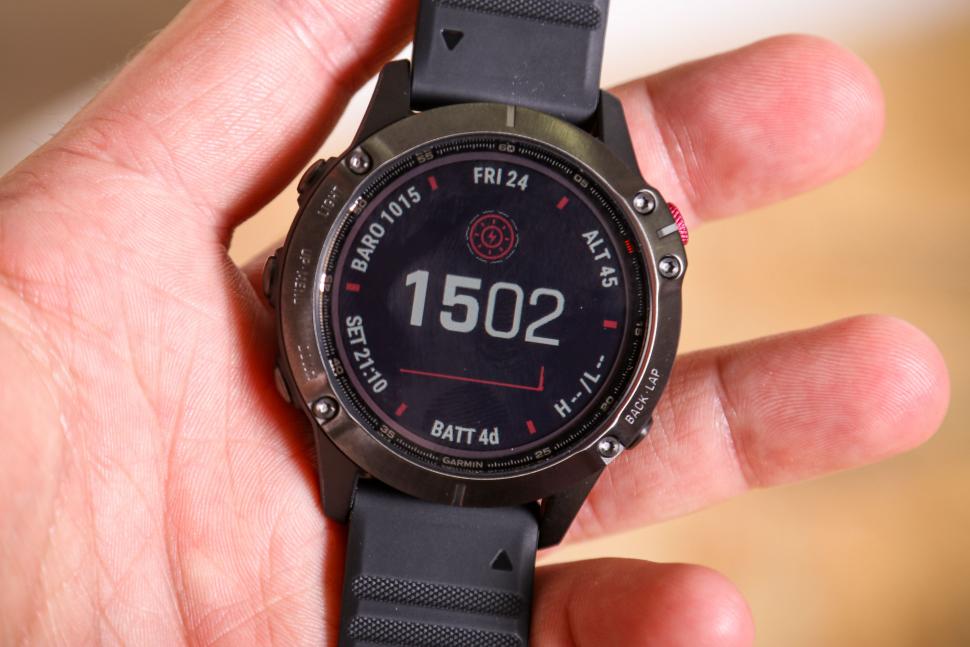
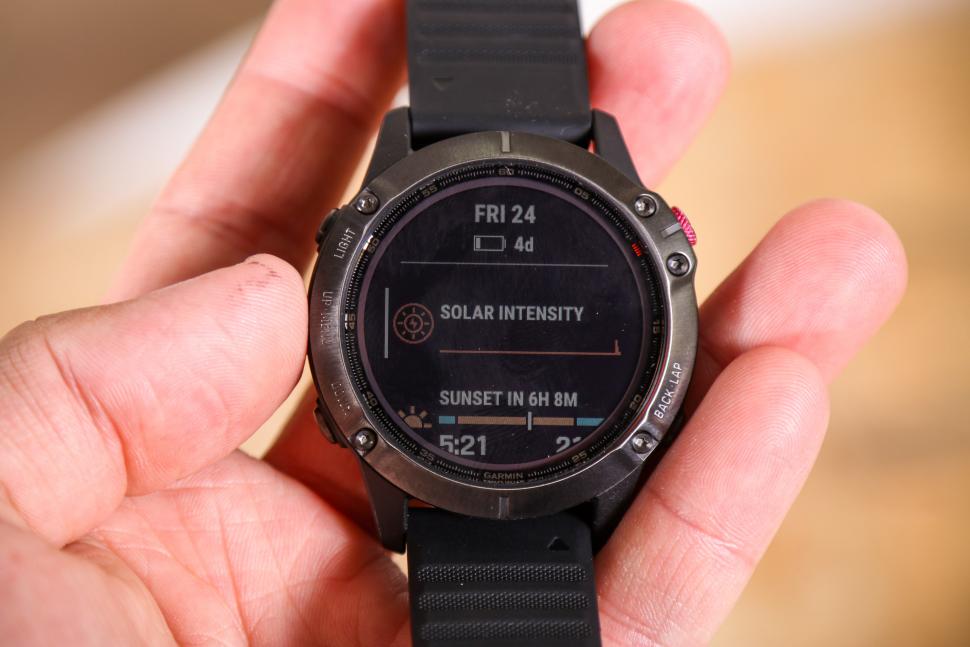
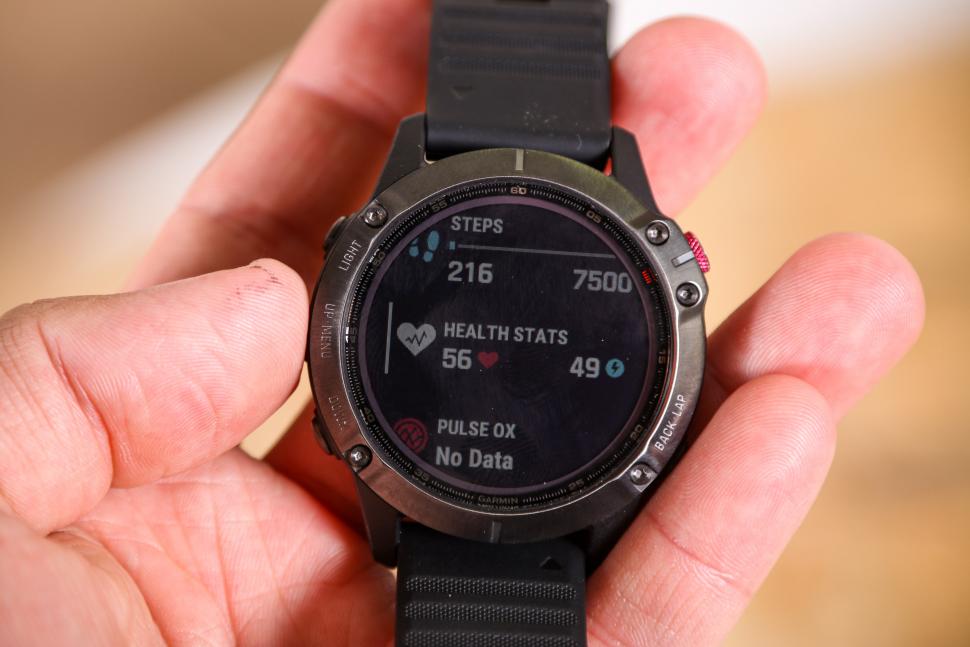

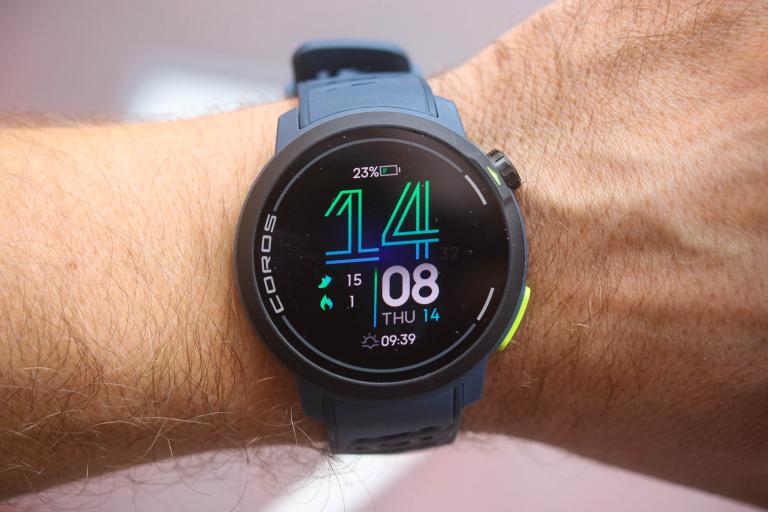
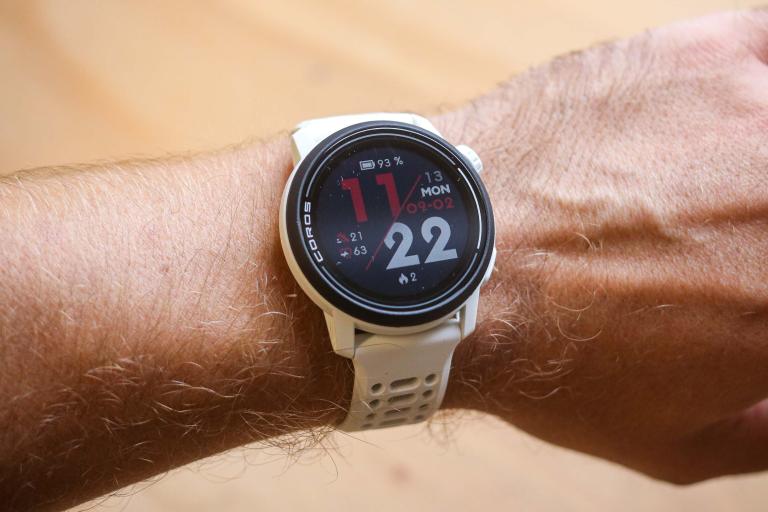
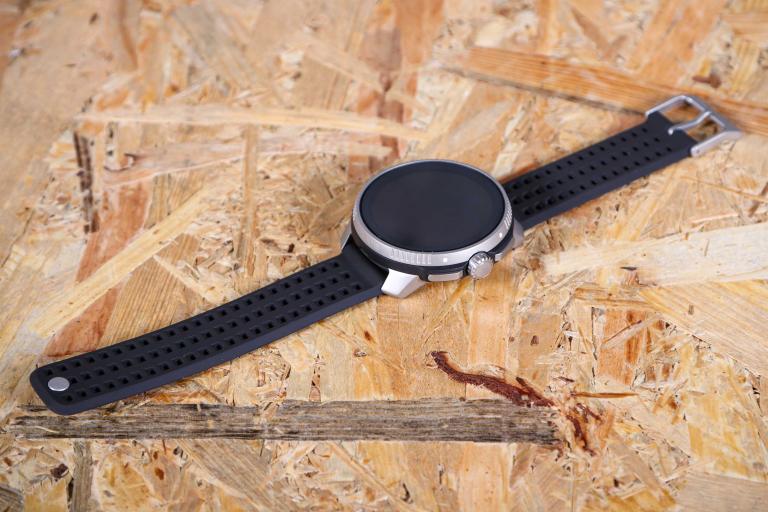
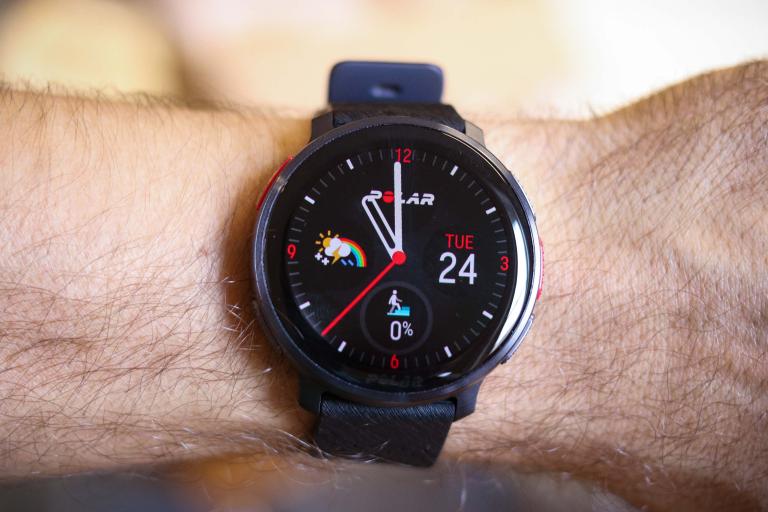
Add new comment
15 comments
I have a Fenix 5 and I love it.
Setting it up is a bit of a hassle, but that was two years ago.
Battery life is brilliant at two weeks.
I use it for all day hr tracking, sleep monitoring and as GPS tracker for running, walking and swimming. Also useful for cycling when I forgot my Edge 530.
The app is pretty good, especially useful if you have multiple Garmin devices. I check things like training progress, FTP and VO2Max there.
I had an Android SmartWatch before, with a much better user interface. But one day of battery life is useless for a watch.
I have the 3HR with a sapphire screen and a nice Ti strap and whilst it's been reliable, useful and dunk resistant, I've had my doubts about Garmin's user interface for some time....though to be fair my issues have been with the bike computers rather than the watch. I don't think I'd buy another Garmin watch. It's a GBP 700 quid, straight line to zero depreciating asset.
I sold my absolutely battered Fenix 3 on ebay for £100 which was auseful chunk towards the 6. I think that's a pretty good return on a well used piece of tech.
Yep...it's okay and looking on eBay yesterday I figured that I might be £150 for my not so battered Ti version. It's about 4 years old I guess, so we've lost £100 a year on them - ish. But not a great investment....I hope my pension is doing better!
I have the 6 Pro Sapphire version and would echo some of the sentiments of the review.
Having been in Apple ecosystem for 30 years when I purchased the Fenix 3 previously I was shocked at how bad the interface was. At the time the original Apple watch was as 'Beta' a product as they've ever released and patently not suitable for anyone who takes their riding/sport semi seriously or just plans on going a 4 hour ride in the rain without their watch dying. I didn’t get anywhere near to using the full functionality of that watch but it never missed a beat, had outstanding battery life and was very rugged.
The 6 pro is a vast improvement, the interface whilst still not ‘Apple’ intuitive is so much more usable. The Garmin smart phone app is also a supreme improvement over previous versions and the information on tap is pretty deep and informative. The sleep tracking can even tell when I’ve had a glass (or three) of wine.
There are models lower down the range which have all the functionality I’d reasonable need but aesthetically I’m a fan of the metal bezel design. I’d forego the solar option for the Sapphire screen instead, which is absolutely un-scratchable.
The navigation and maps saved me whilst supping across an estuary in 20 Metre visibility (whilst measuring my stroke count). The trip itself may have been ill advised but the watch is fantastic for all sorts of adventures.
All in all despite its quirks and sometimes fiddly interface it is a superb piece of tech I really love.
Does it come with a free bike ?
I've had the Fenix 2, 3 and now the 5X Plus which I'll keep until it breaks, which will probably be a while and it's also perfect for what I need (cycling, swimming, running, hiking and now even bouldering).
Not interested in this model but what got my interest was the bike mount near the top of the article. I've been looking for that type of mount since the Fenix 2! I wonder why it's not listed as compatible with the Fenix 5 though! It has the same quickfit strap and same width for one of the included mounts (26). The only thing I can think of is the watch thickness being slightly different. Might risk it and just buy it!
I got the non-solar version recently. Agreed re bewildering interface and controls when starting up. And that's me coming from another (albeit simpler) garmin smart watch.
I keep discovering new screens and things. Not found the wrist HRM that reliable either.
I like the watch, it does what I wanted it to, but I feel like I'm scratching the surface.
Solar feels a bit gimmiky if that's all it adds.
TL;DR - there is probably a cheaper Garmin that will do the job(s) better.
A VivioActive/Venu/Forerunner and a 530 will probably do the Watch job and the Cycle computer job better than a Fenxi will for the same cost (non solar).
"military-grade ruggedness"
https://off.road.cc/content/feature/five-sneaky-bike-marketing-terms-you...
Yes, it's an oft-misused term. But not, I believe, in the case of the Fenix 6. Hence why I included it in the review.
Garmin claim it's this: https://en.wikipedia.org/wiki/MIL-STD-810#Applicability_to_%22ruggedized...
"MIL-STD-810G is a rating given to certain Garmin products that have been tested to against thermal, shock and water performance, ensuring a rugged device designed to get you back to your passion. "
Garmin are a US company, and therefore would be rather litigation-shy in releasing a product and lying about it being tested against a certain US standard. The potential class action by Garmin owners would be very costly in terms of payments and brand damage. If anyone's got proof that it isn't built to this spec, I'll happily amend the review. Cheers.
Hmm, read on dear readers...
So claiming MIL-STD-810 is a bit like saying something has been tested to Ingress Protection standards, without saying to which degree.
Garmin advise the Fenix is tested against the thermal, shock and water performance 810 tests.
https://support.garmin.com/en-US/?faq=4qoWO3kOFj1yhPWprw5N0A
I'm not sure where all this armchair MIL-STD-810G expertise and refusal to accept the watch has been tested to it is coming from. Maybe it's cool to throw around claims they didn't test with no proof?
Again, they have a very, very strong disincentive to lie about this. Far moreso than any benefit gained by misrepresenting the product.
It is cut and paste from your own reference.
Edit - it's not that I doubt they have run tests. Just that saying MIL-STD-810 is so vague as to be meaningless, whilst painting a misleading picture of "military" ruggedness.
Edit 2
Perhaps this, also from the same source, clarifies what MIL-STD-810 is, and is not:
I think you're misreading the comments. I don't see anyone claiming that it hasn't been tested or didn't meet the standards. Just that saying it's 'rugged' or 'meets MIL-STD-810G' isn't very useful, and could mislead people into thinking it will stand up to things it hasn't been tested for, unless you state what it's 'ruggedised' against.
If what you posted in your last comment had been included in the review, there probably wouldn't have been any comments about it.